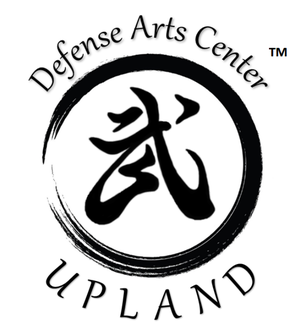Our philosophy is simple.
Train in martial arts to become the most fit, most focused, most relaxed and balanced person that you can possibly be.
Forge your life, like a sword, into something beautiful and sharp. Watch as the practice refines and transforms you. Everything that you have wanted to seem to other people, now truly become.
True martial art study forces us to face, and break through, our self-imposed limitations. So, empty your mind of preconceived ideas (the martial arts are not what you think they are), pay attention, follow directions, train hard, and you will achieve things most people believe to be magic. However, there is no magic, just knowledge ... earned through sweat and hard work.
How long will it take to learn it all and reach perfection? ... ONE MORE YEAR!!! Or, try making a commitment of fifteen to twenty years and then decide if you like it or not. Either way, the journey will be a challenging one, but the benefits will be yours. They will immeasurably enrich you and those around you.
Further Information about the philosophy that inspires us, our history, and our students:
INSPIRATION
...we stress the development of all aspects or levels of martial arts training: physical discipline, self- defense, sport, artistic expression, meditation, philosophical/ethical development, and spiritual development...
The view of martial arts as merely combative or competitive is highly misleading. There are various interrelated aspects or levels of experience in martial arts.
To seek perfection of character
To be sincere, honest, and respect others
To refrain from violent behavior
To show strong spirit and endeavor to excel












































“The first karate rule is Perfection of Character. You have to strive for improving yourself, be aggressive and ferocious.”